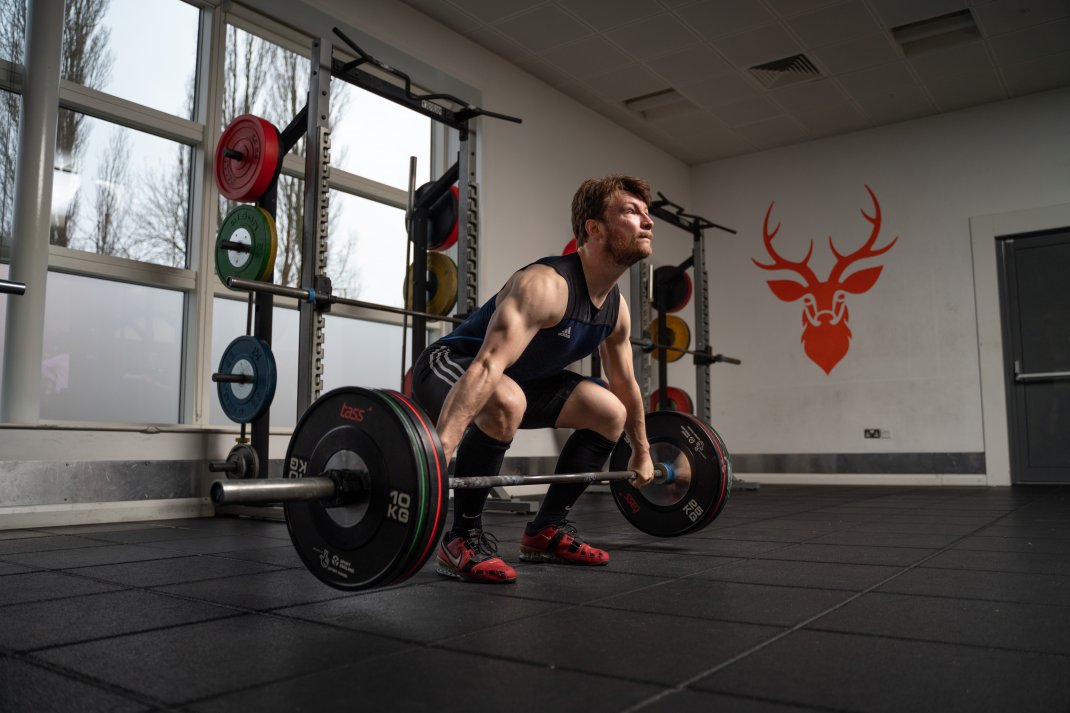When’s the last time you heard an athlete say “I’m too powerful”?
Most sports require explosive power, so one of the main goals as an athlete (within the context of strength training) is to increase your power output - the ability to get more work done in a shorter amount of time.
While it would be erroneous to state that an increase in power output will guarantee you more success in your sporting endeavours – it will cause improvements in physical qualities such as jump height and explosiveness. When all things are equal technically, the more physical athlete may be more likely to come out on top.
One tool at our disposal to increase our power output is the Olympic lifts.
What are the Olympic lifts?
These are two highly technical movements centred around a high speed of execution with a high force output. While they don’t mimic sport specific skills like throwing or running, OR the exact speeds seen in performance – they do develop the specific adaptation of explosive power. In research, they have been shown to increase rate of force production (Carbone & Takano, 2010) and the 2nd pull of the power clean exhibits one of the highest power outputs of any resistance training exercise in the weight room. Simply put, Olympic lifts can develop power.
Do you have to use the full lift to get the benefits?
It's clear to see the lifts are highly technical. One potential disadvantage is the time it takes to master the movements. In addition, there is usually a 'domino effect' of errors in which something can go wrong during the early stages of a lift that will cause more errors further up the chain. The good news here is that we don't have to use the full lift to get a benefit in our programme.
As stated above, the 2nd pull (the extension phase whereby an athlete attempts to make the bar weightless) exhibits huge power outputs. Instead, we can isolate components of the lifts through derivatives to hone in on specific adaptations.
One example (of many, many, many) is a Snatch High Pull from Hang. Here, we can see the athlete focusing on the extension phase of the lift. We could use a slightly lighter weight in this instance and focus on speed of execution.
How can I integrate these lifts and their derivatives into my training?
Aside from keeping your sets and reps low, and performing the lifts early in your sessions to ensure they are not completed in fatigued conditions (remember, we want to increase power!) it is important to have qualified instructors helping you ensure the lifts are not just hitting the right adaptations, but also executed safely.
At Performance Herts, we offer weightlifting masterclasses and British Weightlifting Coaching Qualifications which you can find out more about here.
We also offer a weekly weightlifting class (Fridays at 17:45-19:00), at £5/session for HSV members and £8/session for non HSV members. You can enquire about attending* one of these classes here.
*Attendees should have a base of training in free weight movements such as squats and deadlifts.

